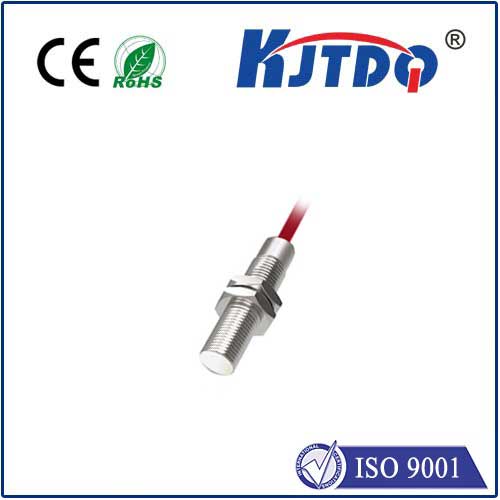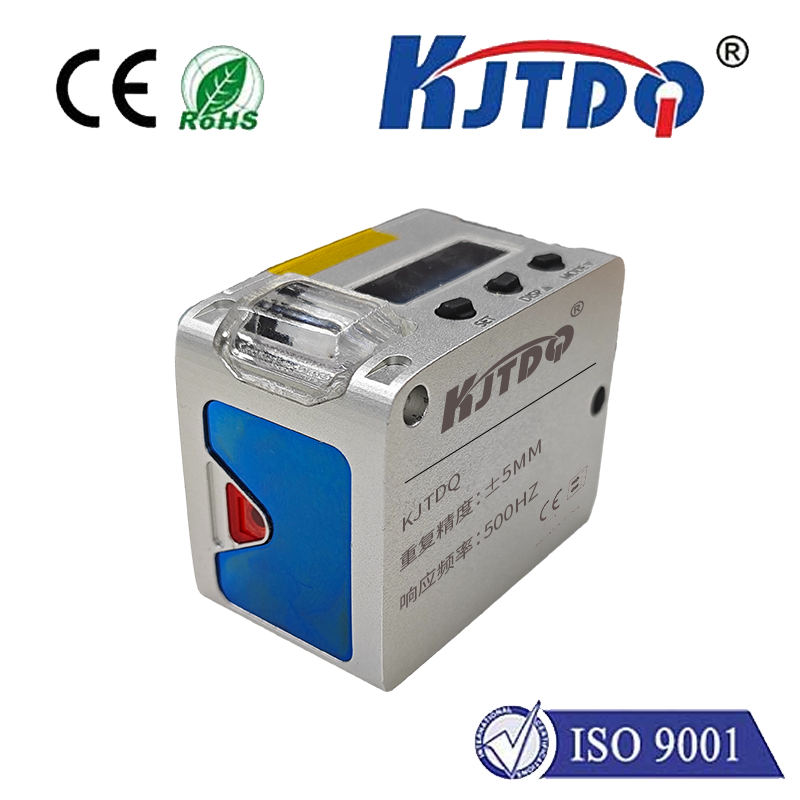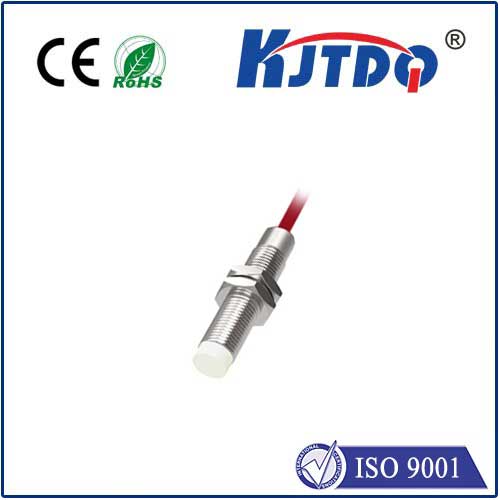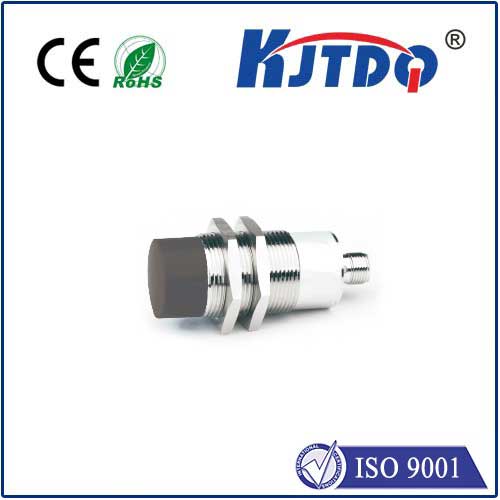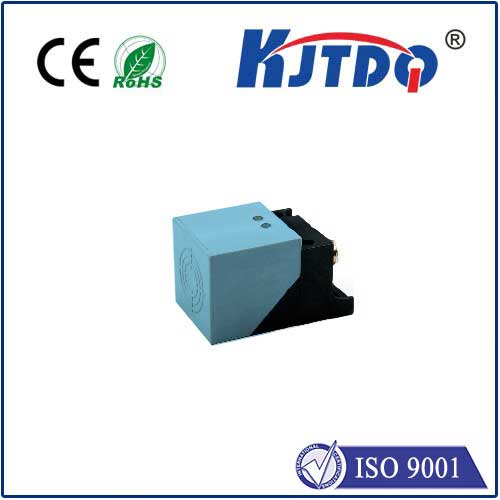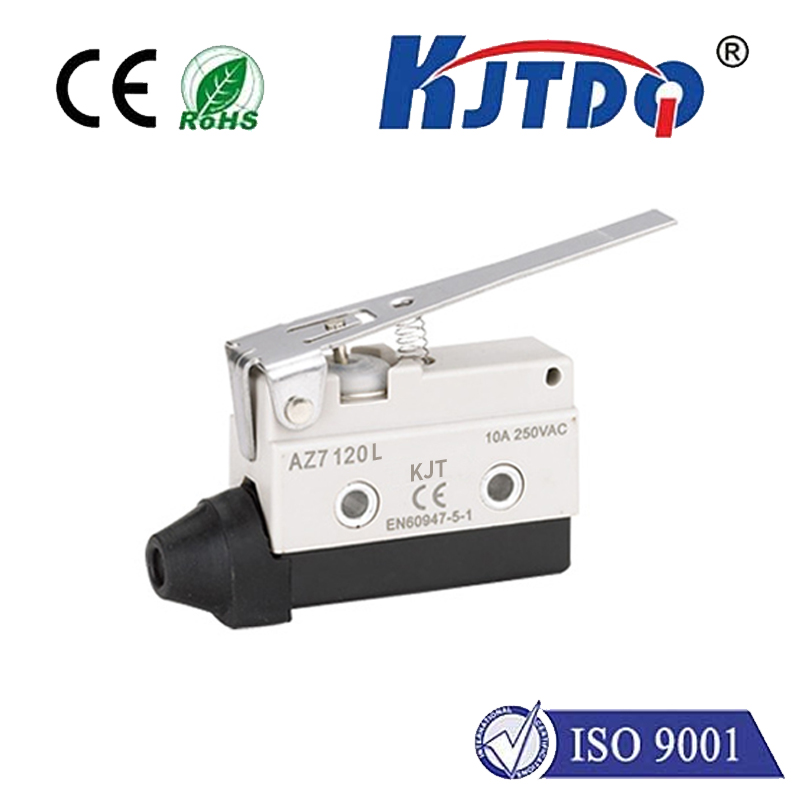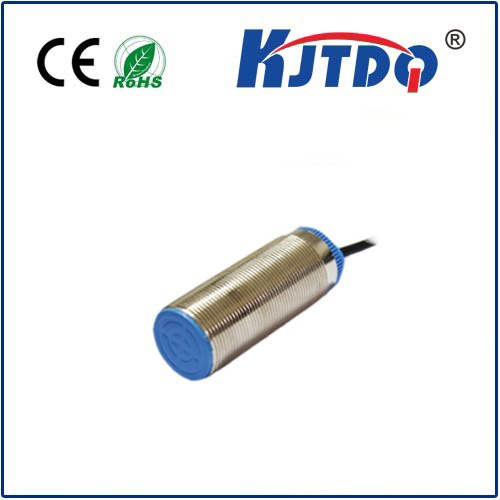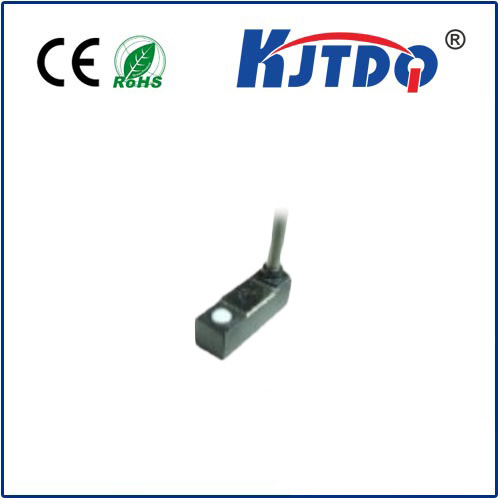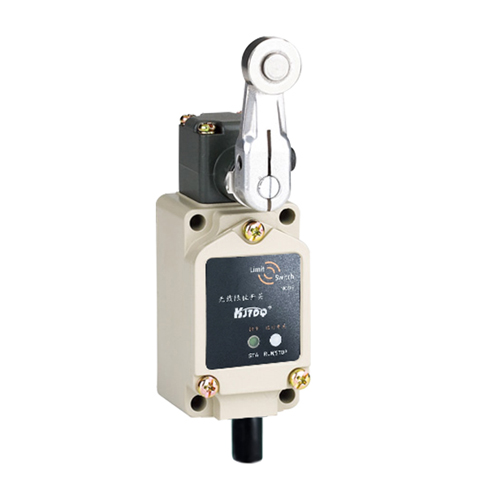

check

check

check

check

check

check

check

check

check

check
Title: Non-Contact Encoder Lasers: Revolutionizing the Future of Manufacturing
Introduction
The non-contact encoder laser is an innovative technology that has revolutionized the manufacturing industry. This cutting-edge tool allows for seamless and efficient production processes, without the need for physical contact between machines or workers. In this article, we will explore the benefits and applications of non-contact encoder lasers, as well as their potential impact on the future of manufacturing.
Non-Contact Encoder Lasers: Definition and Technology
A non-contact encoder laser is a type of laser engraving machine that utilizes high-precision sensors to measure and control the movement of tools or materials. These sensors work by detecting changes in the laser's beam, which are then used to generate precise commands for the machine. The result is a highly accurate and automated process that can produce complex shapes and patterns with ease.
One of the key advantages of non-contact encoder lasers is their ability to operate without direct contact between machines or workers. This eliminates the risk of injury or damage to both equipment and personnel, while also reducing maintenance costs and downtime. Additionally, these machines are highly customizable, allowing manufacturers to create products tailored to specific needs and requirements.

Applications of Non-Contact Encoder Lasers
Non-contact encoder lasers have numerous applications across a wide range of industries, from aerospace and automotive to healthcare and consumer goods. Some of the most common use cases include:
1. Engraving and marking: Non-contact encoder lasers can be used to engrave and mark various materials such as metal, plastic, glass, and ceramics. This enables manufacturers to add branding or identification information to products without damaging the material.
2. Cutting and drilling: In addition to engraving, non-contact encoder lasers can also be used for cutting and drilling applications. This makes them ideal for producing precision components and assemblies.
3. Surface finishing: Non-contact encoder lasers can be used to smooth and polish surfaces, improving the appearance and durability of products. They are particularly useful for creating glossy or matte finishes on plastics and metals.
4. Fabrication: Non-contact encoder lasers can be used in the fabrication process to create complex structures and shapes from a variety of materials. This includes everything from 3D printing to CNC machining.
Benefits of Non-Contact Encoder Lasers
There are several key benefits associated with using non-contact encoder lasers in manufacturing environments. Some of these benefits include:
1. Increased efficiency: By eliminating the need for manual intervention or physical contact between machines, non-contact encoder lasers can significantly improve production speed and accuracy. This leads to higher efficiency overall, reducing costs and improving profitability.
2. Reduced risk of injury: As previously mentioned, non-contact encoder lasers eliminate the need for direct contact between machines or workers, minimizing the risk of injury or damage to both equipment and personnel. This is especially important in high-risk industries such as healthcare or aerospace.
3. Greater customization: Non-contact encoder lasers are highly customizable, allowing manufacturers to create products tailored to specific needs and requirements. This helps to improve customer satisfaction and loyalty, leading to increased sales and profits.
Conclusion
Overall, non-contact encoder lasers represent a significant advancement in manufacturing technology that has the potential to transform many industries. Their ability to automate complex processes, reduce risks, and increase customization makes them an attractive option for manufacturers looking to improve efficiency, quality, and profitability. As research and development continue in this field, we can expect even more exciting innovations and applications in the near future.
